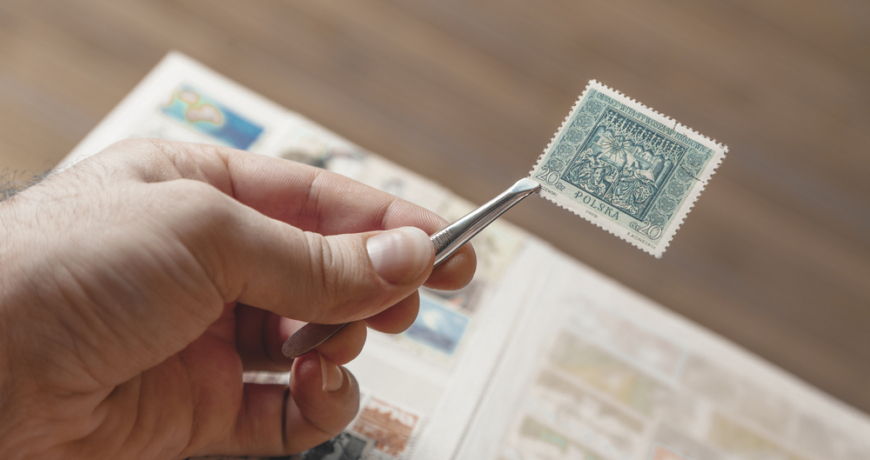History of stamps
Stamps are small adhesive labels that are affixed to envelopes, packages, or other items to indicate payment of postage or to show proof of payment for a service. While stamps are a commonplace item today, their history and evolution are fascinating, and they have played a significant role in shaping communication and commerce worldwide.
The idea of stamps dates back to ancient times when people used wax seals to secure letters and messages. However, the first postage stamp was introduced in Great Britain in 1840. The “Penny Black” stamp featured a portrait of Queen Victoria and became an instant success. The stamp revolutionized mail delivery, as it eliminated the need for payment of fees upon receipt and made the mailing process more efficient and affordable.
Soon after, other countries followed suit, with the United States releasing its first stamp, the “5-cent Franklin,” in 1847. Over the years, the design of stamps evolved, with more intricate designs and colors becoming commonplace.
Stamps continue to be a vital part of our communication and commerce. Despite the rise of digital communication, the need for physical mail delivery remains, and stamps are essential in facilitating that process. Today, stamps come in various denominations, allowing people to choose the right value based on the weight and destination of the item being mailed.
In addition to their practical usage, stamps also have a cultural and artistic significance. Many countries feature famous personalities, landmarks, or historical events on their stamps, making them an excellent way to showcase their culture and heritage.
Collecting stamps has also become a popular hobby worldwide, with millions of people participating in the hobby, known as philately. Stamp collectors find joy in collecting rare and unique stamps, and some even pay a considerable sum of money to add them to their collections.
In conclusion, stamps have come a long way since their introduction in 1840. From their humble beginnings as simple adhesive labels, stamps have evolved to become a crucial part of communication and commerce worldwide. While digital communication has gained popularity, the need for physical mail delivery remains, and stamps continue to play a vital role in that process. Whether for practical use or as a collector’s item, stamps have and will continue to be an integral part of our lives.

